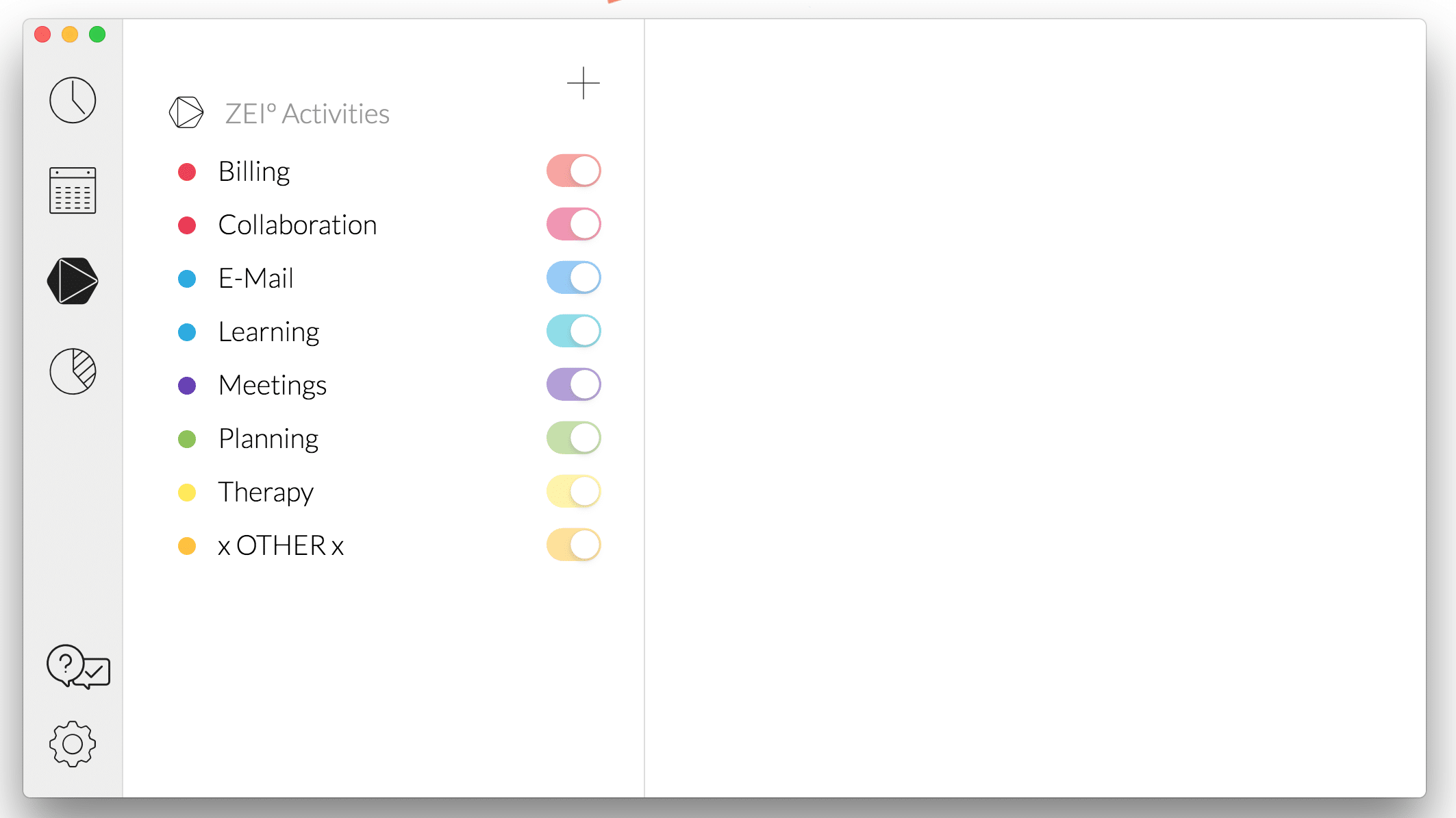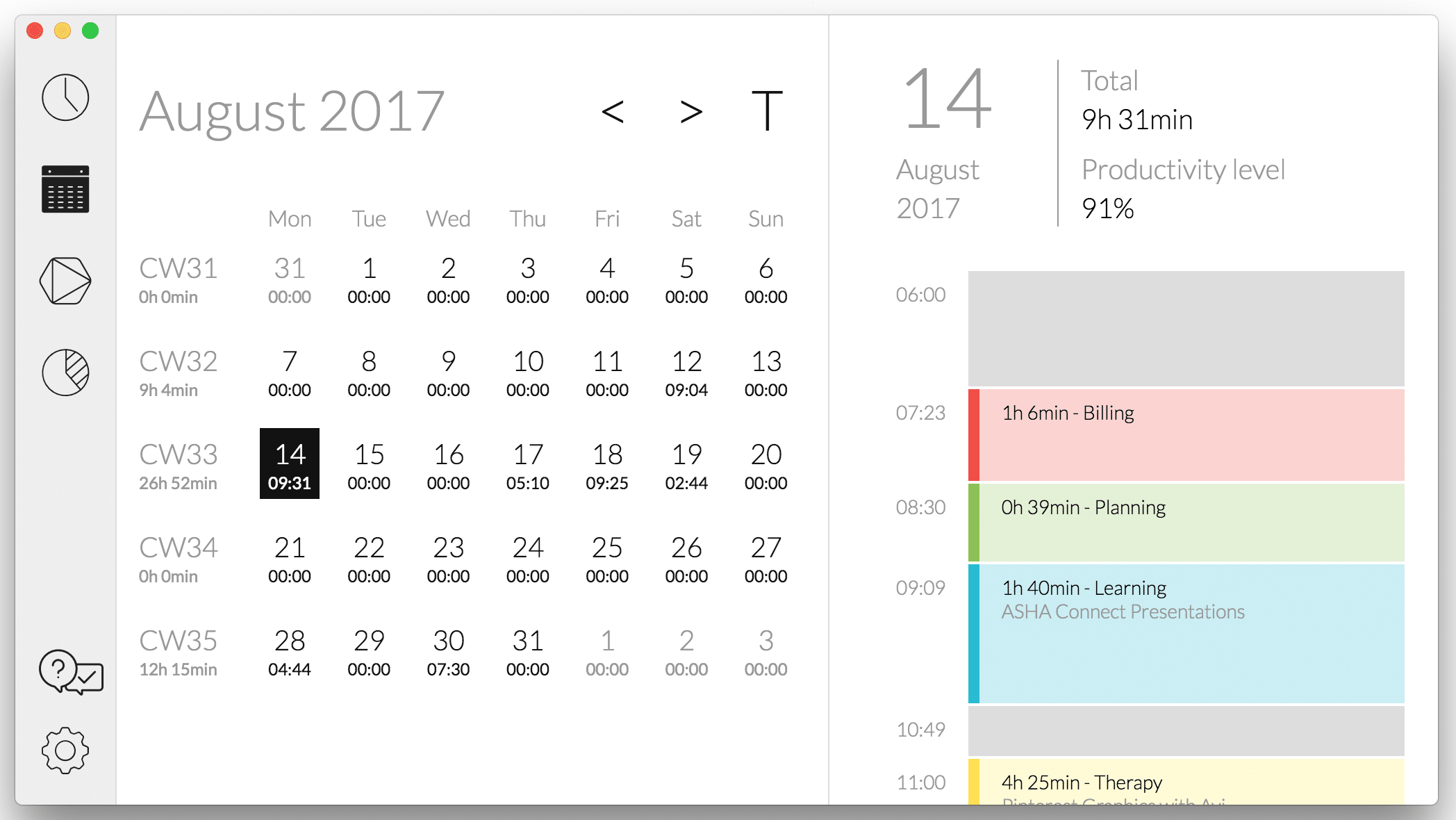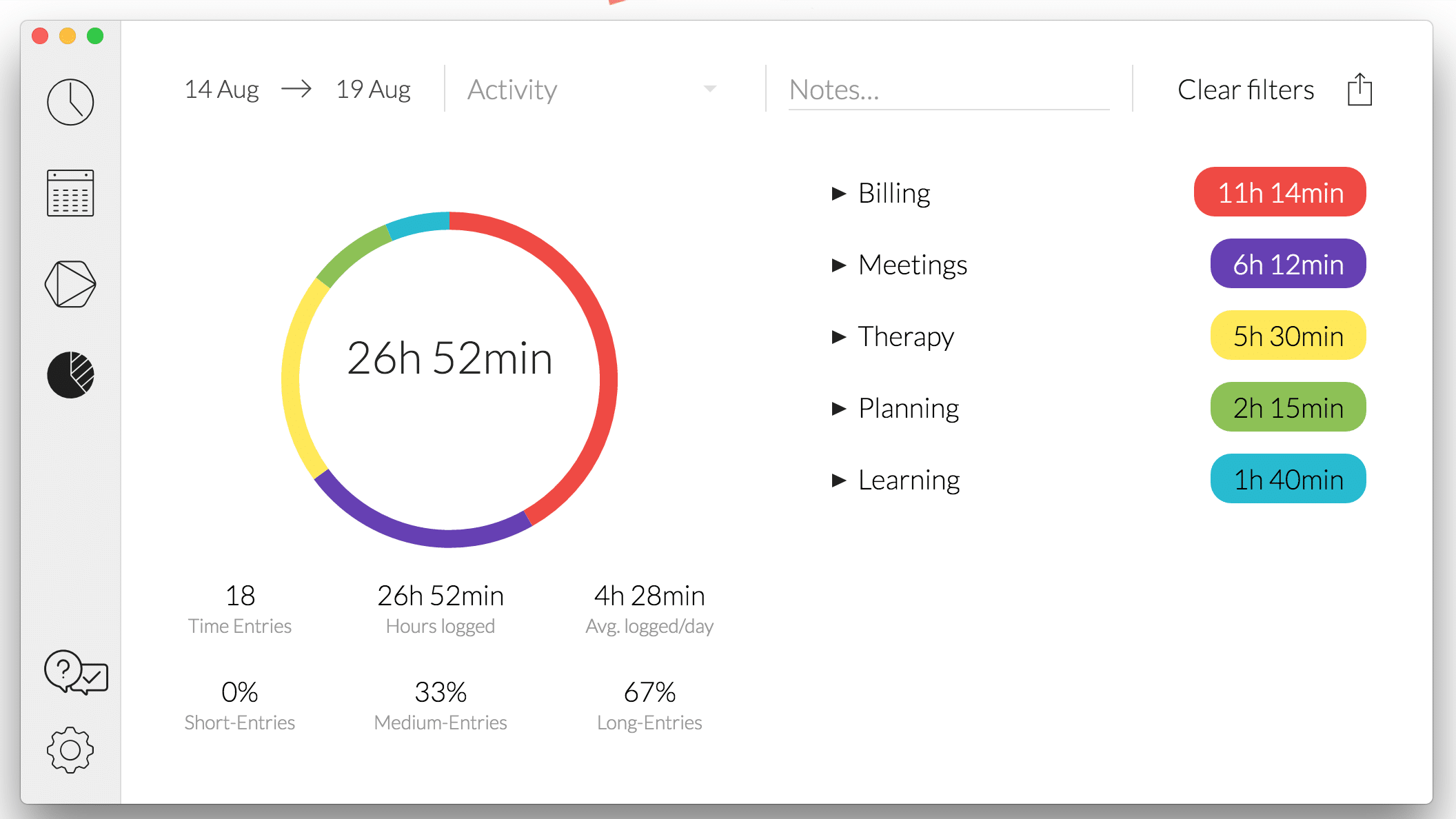“I’m so busy! I don’t have enough time!”
Those are phrases that I said out loud (or to myself) multiple times a day.
But then I started thinking…
Are we ever not busy?
What does a “not busy” life look like? Is that a thing? Do I even want to be “not busy”?
Many of us are professionals with families and aspirations outside of work (whether that’s crafting, running marathons, quilting, or creating materials to share with other SLPs).
It’s kind of…overwhelming!
That said, I know I put a lot on my plate. I choose to put a lot on my plate. I want to do all of the things that I’ve committed to doing, but there must be a better way. (I mean, there has to be a way to be healthy, happy, and successful, right?!)
In search of “the answer” to reduce the overwhelm, I read several books and listened to countless podcasts. The one resource that made the biggest difference for me was Chris Bailey’s book (The Productivity Project).
Last year, I implemented a lot of the concepts and strategies that Chris shared in his book, and I’m excited to share some of my own “experiments” about what worked (or didn’t work) from the perspective of a school-based SLP.
First up is…feeling busy!
Chris talks about this in his book (which you should definitely check out if you’re feeling overwhelmed like I was), but he also published an awesome article on his blog. He argues that we’re not as busy as we think. He cited a study where people overestimated the time they worked by more than 18 hours (on average).
My first thought?
“Suuuuure, Chris! You don’t know all the things that school-based SLPs have on our plates.”
In true SLP fashion, I set out to collect data so I could prove him wrong. 🙂
Chris shares a time-tracking template in his post, but I downloaded this handy time-tracking app (Timeular). They have a fancy tool that you can buy, but the app is totally free. You can track your time from your phone or desktop, which is really handy!
I added in my most common tasks (therapy, billing, report writing, meetings, collaboration with teachers, planning therapy, e-mails). I also added an “other” task–just in case. I told myself I wouldn’t track activities that weren’t directly related to my job (e.g., eating lunch, socializing with teachers, procrastination).

I tracked my time for a week… (It’s really easy! You can do it all from the mobile or desktop app. Just hit “play” and you’re good to go–as long as you don’t forget to turn it off. You can also easily go back and edit/delete/add entries if you need to.)
I tried to stick to my usual routine, but–I’m not going to lie–the first day or two felt like a game. I was so incredibly productive, and I did work nearly every second of the day. By the time Wednesday came around, I was beat, and my “productivity” was much lower. Let’s not even talk about how Friday went…!
I did another round a few weeks later. I didn’t try to beat the clock this time around, so the results were more indicative of a “typical” day. I was still surprised at how much time got sucked up by random things that weren’t actually helping me do my job.
Here’s what I learned:
Lesson #1: I’m not as busy as I think I am. (Don’t tell Chris, but he was right.)
Lesson #2: I found some of my biggest “time wasters” (e.g., dead time between sessions, spending time chatting after a meeting) and “time eaters” (e.g., billing, writing evaluations).
Lesson #3: There are easy things that I can do to maximize my time at school so I don’t have to stay late or bring work home. Once I figured out what my “time eaters” were, I was able to focus on “working smarter” in these areas. I did some research, asked other SLPs for advice, and looked into tools/resources to help make those tasks easier.
Now I wish I could show you the actual reports, but this smart SLP didn’t save them. (I know, right?!)
I did recreate some fake logs just to give you a peek at the app.
It generates these pretty reports so you can easily see where you’re spending your time.


All in all, this was a useful “experiment” for myself. This is not something I would need to do every week. I plan to track my time once a quarter just to see how I’m doing.
Why would you use this?
- You could use this if you’re like me and feel overwhelmed. You can use it to identify for “time wasters” and “time eaters” to help you reduce the overwhelm!
- This could also be interesting for a group of SLPs to share their results. It’d be a great discussion point to figure out exactly how much time everyone is spending on different tasks and to share tips to “work smarter.” Everyone is bound to have different tips and tricks.
- It might also be worthwhile to share with administrators. I shared a time study during the year when my caseload doubled (and I actually was working mega overtime), and it worked wonders. Administrators tend to respond incredibly well to data!
What are your biggest “time eaters” and “time wasters”? Comment below and let us know!
Check out this video for a closer look at the Timeular app!




Reader Interactions